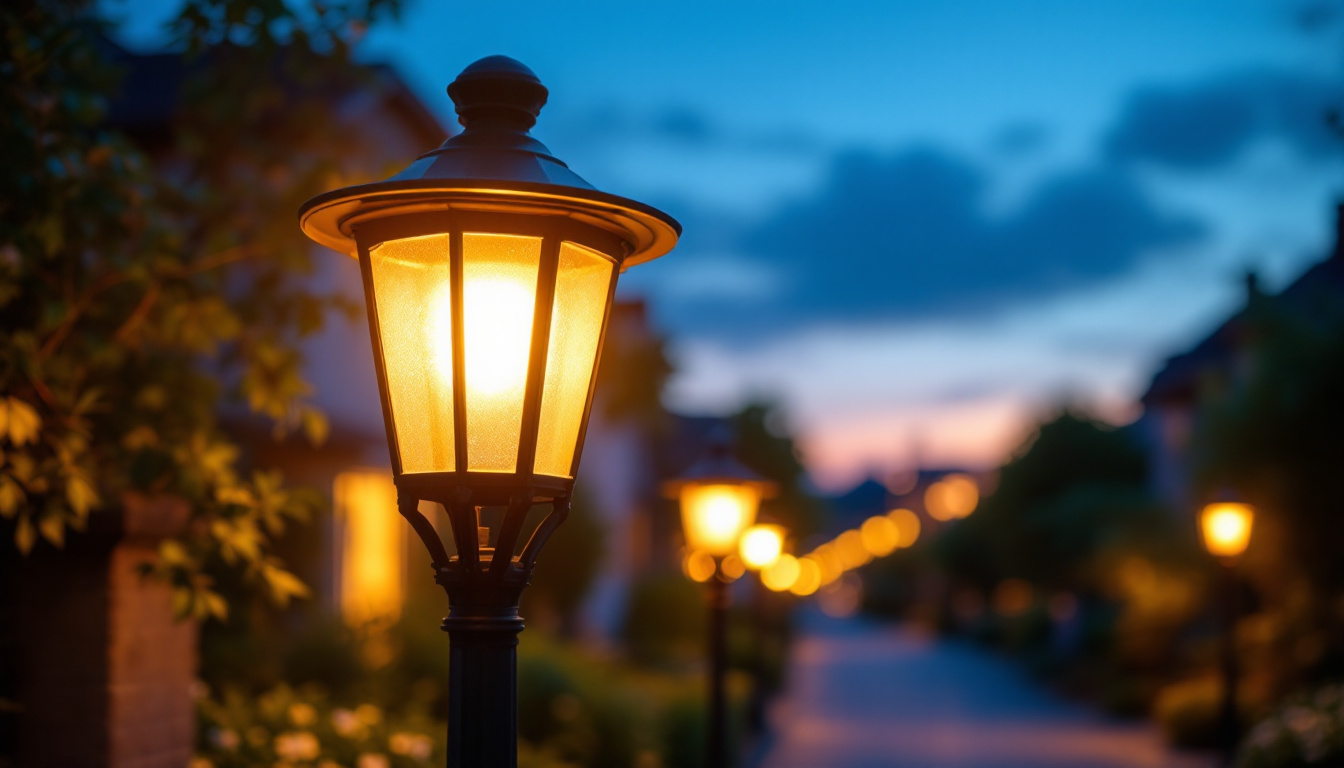
In the world of outdoor lighting, lamp posts serve as both functional and aesthetic elements. For lighting contractors, understanding the intricacies of lamp post installation, maintenance, and design can significantly enhance project outcomes. This article delves into the essentials of lamp posts, offering insights that simplify the process for lighting professionals.
Before diving into the complexities of lamp post installation and maintenance, it is crucial to grasp the fundamental aspects of these outdoor fixtures. Lamp posts come in various styles, materials, and functionalities, each catering to different needs and environments. Beyond their primary purpose of illuminating spaces, lamp posts can also enhance the aesthetic appeal of an area, contributing to the overall ambiance and safety of neighborhoods, parks, and commercial properties.
When selecting a lamp post, contractors should consider the type that best suits the project requirements. Common types include:
The material of a lamp post plays a significant role in its durability and maintenance. Common materials include:
In addition to the material and design, the height and placement of lamp posts also play a crucial role in their effectiveness. For instance, taller lamp posts are often used in parking lots and open areas to provide broader illumination, while shorter posts are more suitable for pathways and residential settings. Proper spacing is essential to ensure that light is evenly distributed, minimizing dark spots that could pose safety risks. Furthermore, integrating smart technology into lamp posts can enhance their functionality, allowing for features such as dimming capabilities and remote monitoring, which can lead to significant energy savings and improved public safety.
Proper installation is critical to ensuring the longevity and functionality of lamp posts. A well-executed installation process can prevent future issues and enhance the overall aesthetic of the outdoor space.
Before installation, conducting a thorough site assessment is essential. This involves evaluating factors such as:
Additionally, it’s important to assess the local climate and weather patterns, as these can influence the type of lamp post materials chosen. For instance, areas prone to heavy winds or storms may require sturdier posts and fixtures that can withstand harsh conditions. Furthermore, understanding the local wildlife can also play a role; for example, if the area has a high population of birds, selecting designs that minimize nesting opportunities can be beneficial.
Once the site assessment is complete, the next step is preparing the installation area. This includes:
In addition to these steps, it’s crucial to consider drainage around the lamp post foundation. Proper drainage will prevent water accumulation, which can lead to erosion or damage over time. Installing drainage pipes or creating a slight slope away from the base can help manage water flow effectively. Moreover, ensuring that the surrounding landscape is graded appropriately can enhance both the functionality and visual appeal of the installation.
For electric lamp posts, proper wiring is crucial. Contractors should follow local electrical codes and regulations, ensuring safety and compliance. This process typically involves:
Moreover, it’s advisable to incorporate energy-efficient lighting solutions, such as LED bulbs, which not only reduce energy consumption but also have a longer lifespan compared to traditional bulbs. This not only benefits the environment but also reduces maintenance costs in the long run. Additionally, considering smart lighting options that allow for remote control or automated timers can enhance the usability and functionality of the lamp posts, providing convenience and adaptability to changing outdoor conditions.
Regular maintenance is vital for the longevity of lamp posts. Neglecting maintenance can lead to costly repairs and replacements, impacting project budgets and timelines.
Routine cleaning and inspection can prevent many common issues. Contractors should establish a maintenance schedule that includes:
Over time, bulbs and fixtures may need replacement. Contractors should consider the following:
Incorporating lamp posts into outdoor designs requires a keen understanding of aesthetics and functionality. Lighting contractors can enhance their projects by considering various design elements.
The style of lighting chosen for a project can dramatically alter the ambiance of an outdoor space. Contractors should explore:
Choosing the right color temperature and brightness is essential for achieving the desired effect. Consider the following:
As technology advances, integrating smart features into lamp posts is becoming increasingly popular. This not only enhances functionality but also provides added convenience for users.
Smart controls allow for remote management of outdoor lighting systems. Contractors should consider:
Smart technology can also facilitate energy monitoring, helping contractors and clients manage consumption effectively. Key considerations include:
For lighting contractors, understanding the nuances of lamp posts is essential for successful project execution. From selecting the right type and material to ensuring proper installation and maintenance, each step plays a vital role in delivering quality results. By embracing smart technology and considering design elements, contractors can elevate their projects, providing clients with functional and aesthetically pleasing outdoor lighting solutions.
Ultimately, simplifying the complexities surrounding lamp posts not only enhances the contractor’s workflow but also contributes to the satisfaction of clients. As the demand for outdoor lighting continues to grow, staying informed and adaptable will ensure success in this evolving industry.
Ready to take your lighting projects to the next level? At LumenWholesale, we provide lighting contractors with an exceptional range of high-quality, spec-grade lamp posts and outdoor lighting solutions at unbeatable wholesale prices. Say goodbye to local distributor markups and hello to superior products that meet the highest industry standards. With our hassle-free bulk buying and free shipping, you can trust that you’re getting premium lighting at the best value — without any hidden fees. Elevate your outdoor lighting projects with the perfect blend of quality, affordability, and convenience. Wholesale Lighting at the Best Value is just a click away.
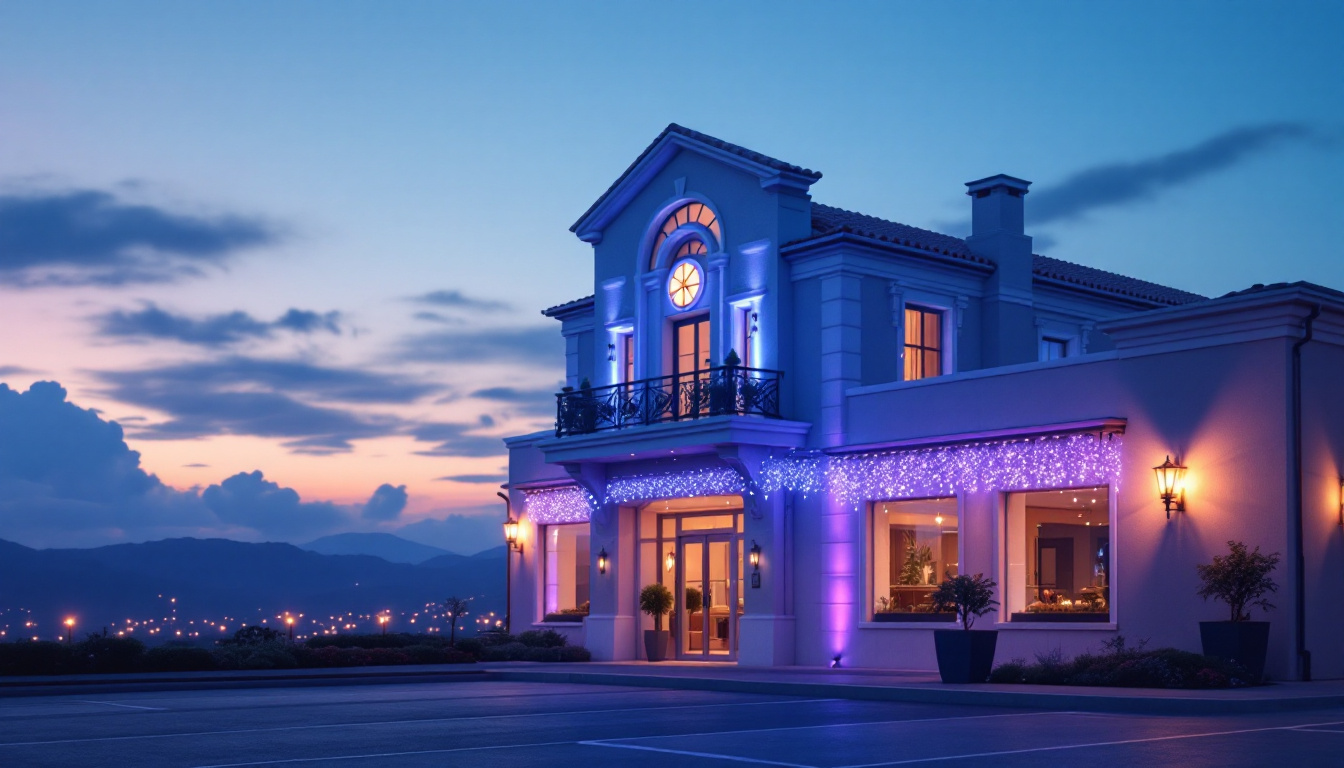
Discover how commercial exterior lighting can transform your business’s curb appeal and enhance security.
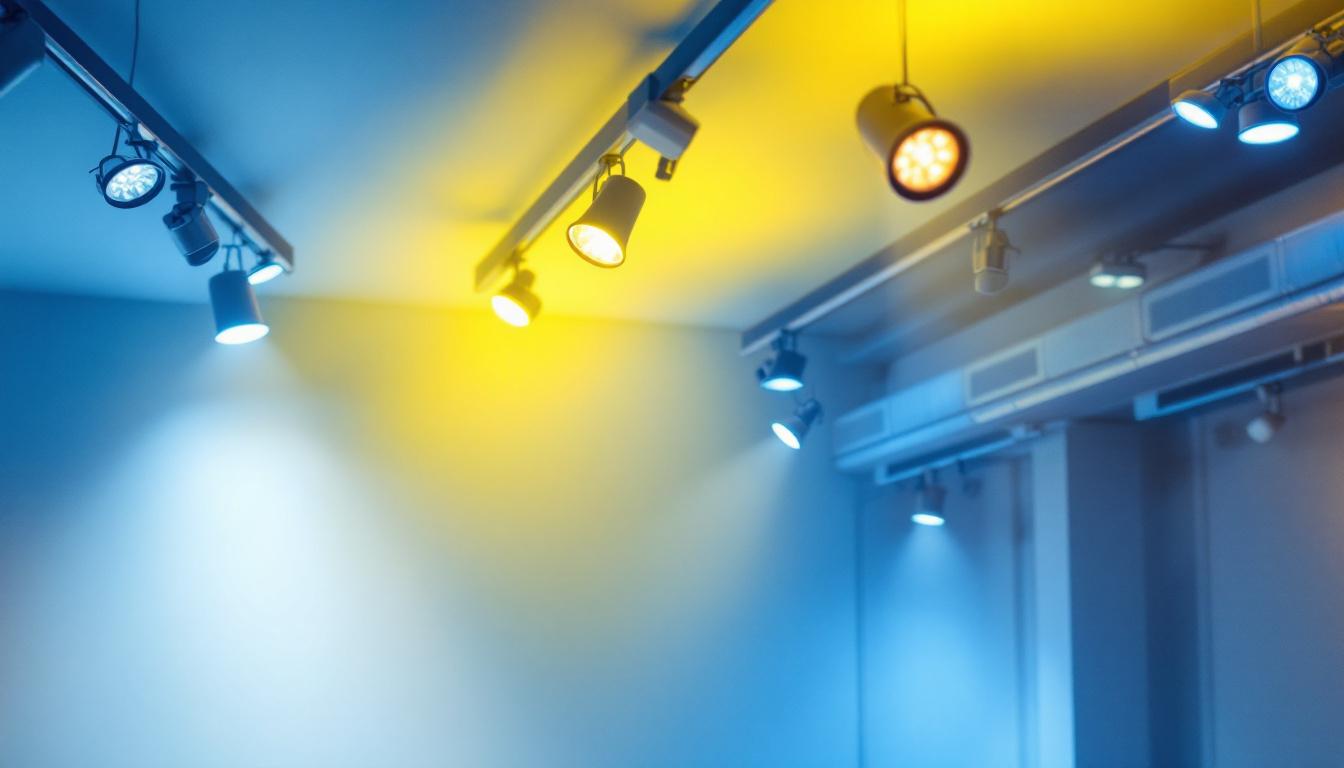
Discover essential compliance insights for 8-foot track lighting installations in this comprehensive guide tailored for lighting contractors.
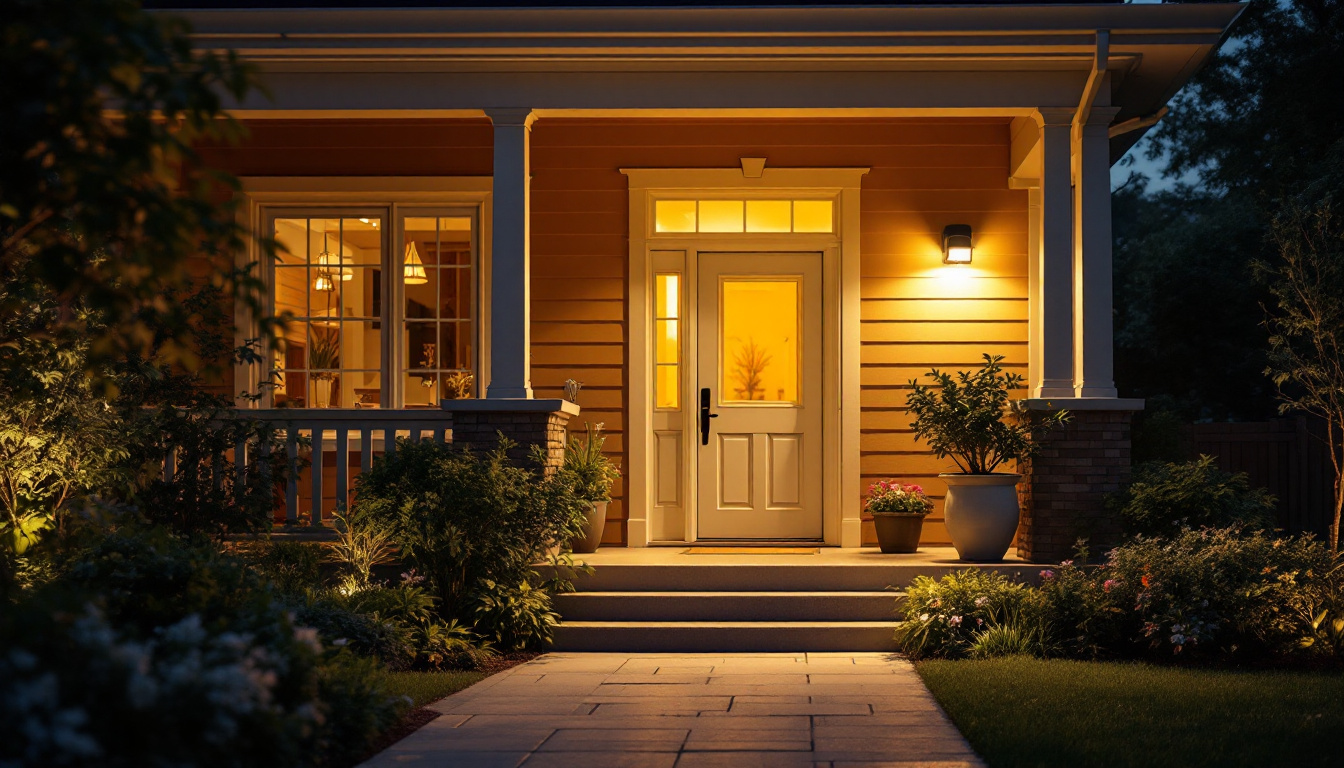
Discover expert insights from lighting contractors on choosing and installing the perfect motion detector porch light.
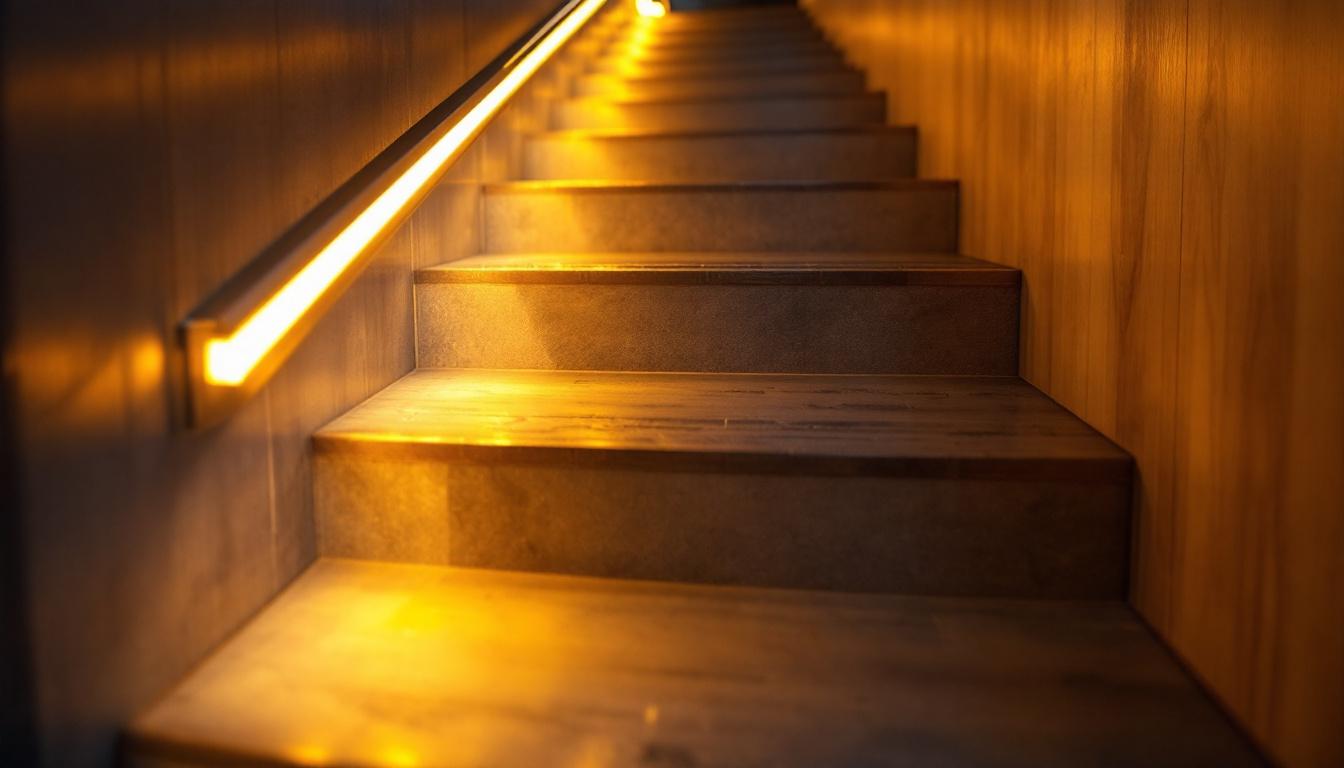
Discover expert advice on LED staircase lights, learn how to enhance safety and aesthetics, and boost your lighting projects—get started with our proven tips today!.